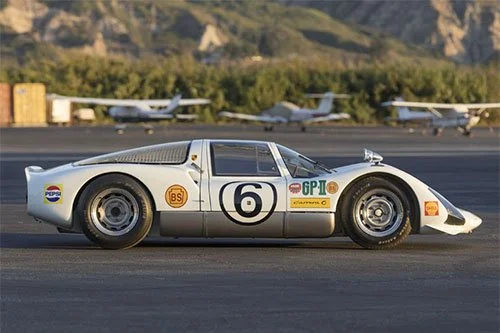Video: Porsche 718 - A Living Legacy by Petrolicious
/“Once you get it on song, get up to 7,000-plus-revs, it was absolutely amazing,” says racing driver Derek Bell, “…and the fact you could brake so perfectly, flick it into a corner, put the power on…it just wanted the hell driven out of it.”
Read More
















